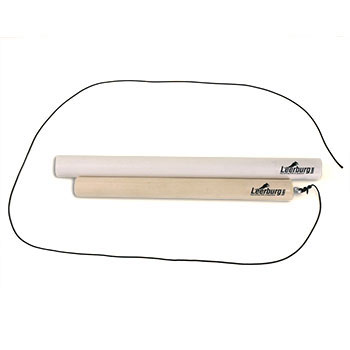May 10, 2011
I've started marking eye contact, but I'm unclear about when to switch from YES to the command. How do I know when to transition?
Full Question:
Hi Cindy,I train dogs, mostly rehabilitating troubled dogs in animal shelters to help them to be adopted and not live a life in a shelter or be put down. I also have been training my second pit bull rescue. I've been using force training for years (Koehler-type training). I've had much success with this training, however, due to your info. I've become more open-minded.
I've poo-poo'd marker training for the same obvious reasons Ed previously had (positive-only blah blah). Now I'm embarking on this new adventure. My rescue has not done well with my training and since she has high prey and food drive, I'm hoping marker/e-collar is the right choice for her.
Basically, since I've already done so much training with her, I don't want to make any mistakes moving forward with marker training. I've watched the Basic DVD and have the e-collar DVD to watch next. With all of the above said, my question is simply... I've started marking eye contact, but I'm unclear about when to switch from YES to the command.
How do I know when to transition?
Thanks,
Kathy

 Cindy's Answer:
Cindy's Answer:
Have you re-read the marker article? Ed has been adding to it every day.
As for adding a command, we recommend adding a command when the dog is performing the desired behavior at least 80% of the time. It helps if you also have a signal for the dog, in case they don’t “get” the command right away.
A good example is to teach the dog first to look at your face by touching the side of your face then mark, reward. When they do this correctly 8 out of 10 times, you say your chosen command like “LOOK,” wait a split second then use your signal, the dog complies and then mark and reward. Very soon the dog will begin to respond only to the word but you always have the signal as a back up if they get stuck.
Just remember-command, signal, mark, reward…. Once the dog is doing this 80% of the time then you can try leaving out the signal and see if he understands the verbal cue. I like this system because I always have a way to help the dog (by using the signal) later on when I add distractions.
Cindy
As for adding a command, we recommend adding a command when the dog is performing the desired behavior at least 80% of the time. It helps if you also have a signal for the dog, in case they don’t “get” the command right away.
A good example is to teach the dog first to look at your face by touching the side of your face then mark, reward. When they do this correctly 8 out of 10 times, you say your chosen command like “LOOK,” wait a split second then use your signal, the dog complies and then mark and reward. Very soon the dog will begin to respond only to the word but you always have the signal as a back up if they get stuck.
Just remember-command, signal, mark, reward…. Once the dog is doing this 80% of the time then you can try leaving out the signal and see if he understands the verbal cue. I like this system because I always have a way to help the dog (by using the signal) later on when I add distractions.
Cindy
100% (5 out of 5)
respondents found this answer helpful


Can't find what you're looking for?







